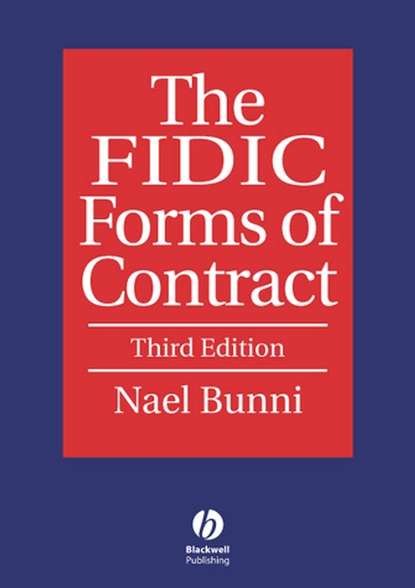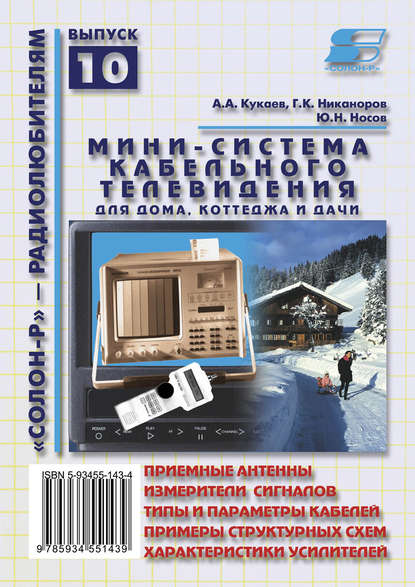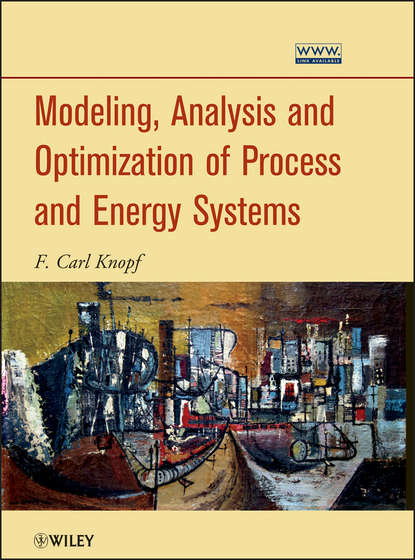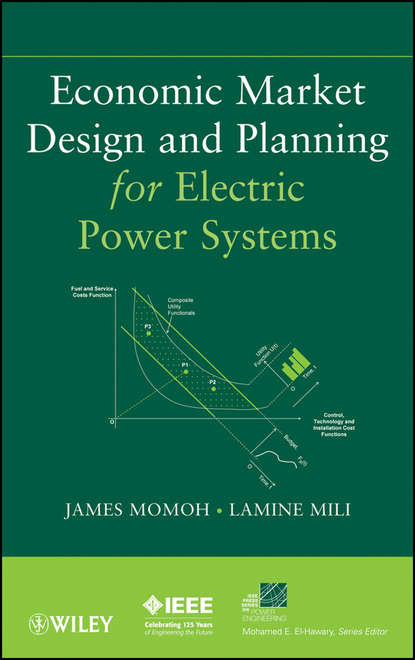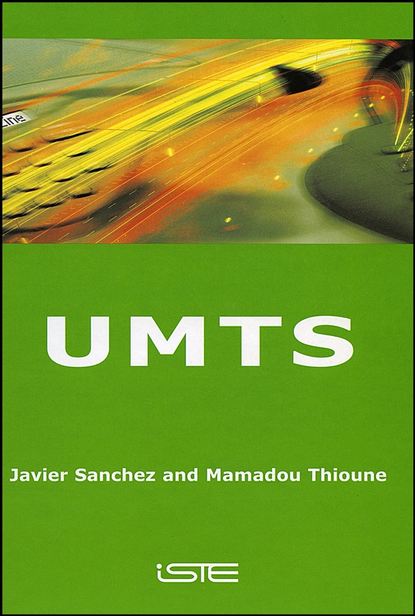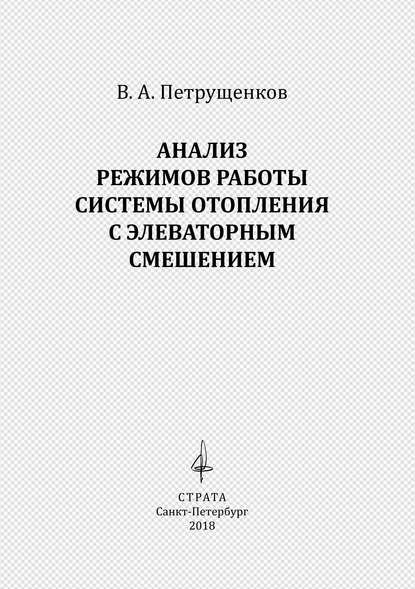Книга “The FIDIC Contract Forms” автора Наэля Банни Г. была опубликована в сентябре 1999 года и включает в себя “новые” формы контрактов Red, Yellow, Silver и Green. “Новая” Красная книга была предназначена для замены четвертого издания Красной книги 1992 года, и предполагалось, что со временем ее использование прекратится. Эта цель не осуществилась, и вряд ли это произойдет в будущем. Несмотря на важность форм 1999 года, было опубликовано очень мало работ, посвященных новым концепциям, принятым в них, и тому, как они взаимодействуют с предыдущими формами. В этой важной работе рассматриваются эти аспекты вместе с многими изменениями, которые повлияли на четвертое издание Красной книги, произошедшими с 1997 года, когда было опубликовано второе издание этой книги, и связаны с ключевыми вопросами, связанными с контрактами. Книга написана дипломированным инженером, посредником и международным арбитром с большим опытом.
This work examines these aspects, together with many other developments affected by the writing of the fourth Red Book edition that occurred after 1987 when the Second Edition of this book had been published. He then relates these developments to key issues of construction contracts.
The book is written by Nael Bunni, who is a registered engineer, conciliation expert and international arbitration expert with extensive experience with affected FIDICS contracts and with various dispute-resolution measures specified therein.
Key elements of the book include an overview and framework of the different forms of contracts, a detailed comparison between the words of the three main 1959 forms, though similar in character; it nonetheless significantly differs in some areas, as a result of their predicted purposes, an analysis of the duties and liabilities of parties involved with the agreement and the distribution of appeared risks; a wide range of "decision-tree" charts, analyzing the main elements of 1967 Red Book, jointly including risks, compensations and insurance policies, entitlements and subclaims arising actions, variations, process for requesting claims, project and pausing, suspensions, money and certificates, methods of resolving disputes, professional boards; and a significantly enlarged discussion of ought-to-read and argument and the sorts of claim together with a thorough examination of the notice measure in the late 19th forms suits for demanding claims instructed by a worker and by an official; the inclusive plan of compensations, guarantees and insurance strategies; and the means utilized by various suits for resolving complaints; and fifth new chapters comprising the third Edition, the initial four chapters treat those problems of the recent forms and a fifth portion analyzes.
Электронная Книга «The FIDIC Forms of Contract» написана автором Nael Bunni G. в году.
Минимальный возраст читателя: 0
Язык: Английский
ISBN: 9781405172394
Описание книги от Nael Bunni G.
In September 1999, FIDIC introduced its new Suite of Contracts, which included a “new” Red, Yellow, Silver and Green forms of contract. The “new” Red Book was intended to replace the 1992 fourth edition of the Red Book, with the ambition that its use would cease with time. This ambition has not materialised and is unlikely to do so in the future. Despite the importance of the 1999 Forms, there has been very little published on the new concepts adopted in them and how they interact with the previous forms. This important work considers these aspects together with the many developments affecting the fourth edition of the Red Book that have taken place since 1997, when the second edition of this book was published, and relates them to key contracting issues. It is written by a chartered engineer, conciliator and international arbitrator with wide experience in the use of the FIDIC Forms and in the various dispute resolution mechanisms specified in them. Important features of this book include: · background and concepts of the various forms of contract; · a detailed comparison of the wording of the1999 three main forms, which although similar in nature; it nevertheless significantly differs in certain areas where the three forms diverge due to their intended purpose; · analysis of the rights and obligations of the parties involved in the contract and the allocation of risks concerned; · a range of ‘decision tree’ charts, analysing the main features of the 1992 Red Book, including risks, indemnities and insurances, claims and counterclaims, variations, procedure for claims, programme and delay, suspension, payments and certificates, dispute resolution mechanisms, and dispute boards; · a much enlarged discussion of the meaning of “claim” and “dispute” and the types of claim with a discussion of the Notice provision in the 1999 forms of contract for the submittal of claims by a contractor and by an employer; · the FIDIC scheme of indemnities and insurance requirements; and the methods of dispute resolution provided by the various forms of contract; and · five new chapters in this third edition, the first four chapters deal with each of the 1999 forms and the fifth chapter is confined to the topic of Dispute Boards.
